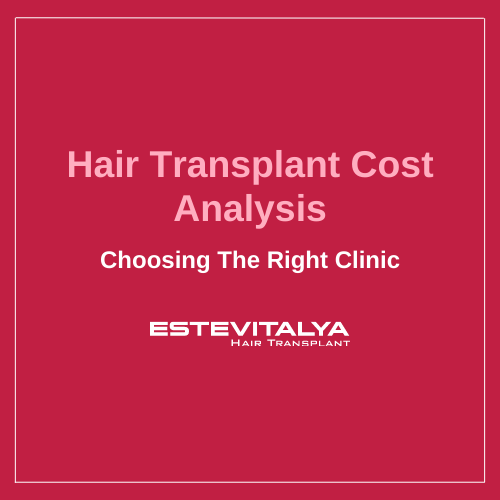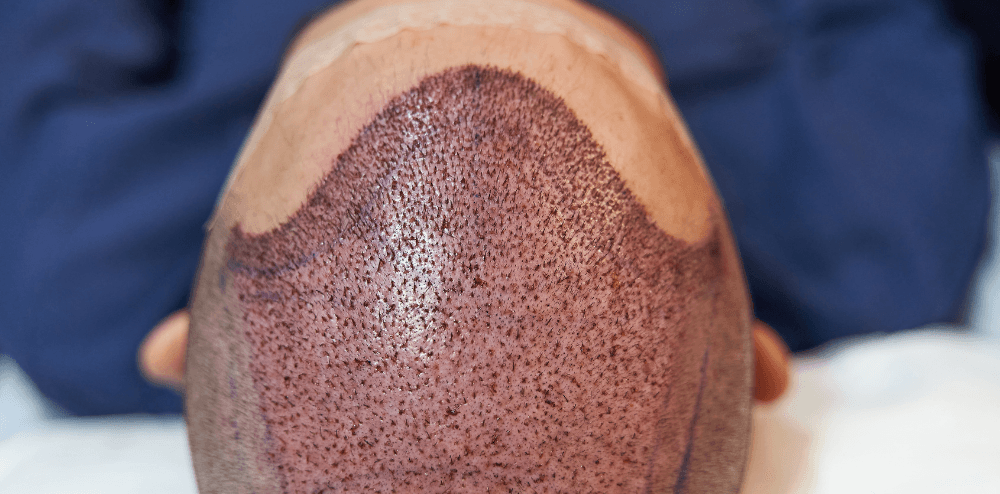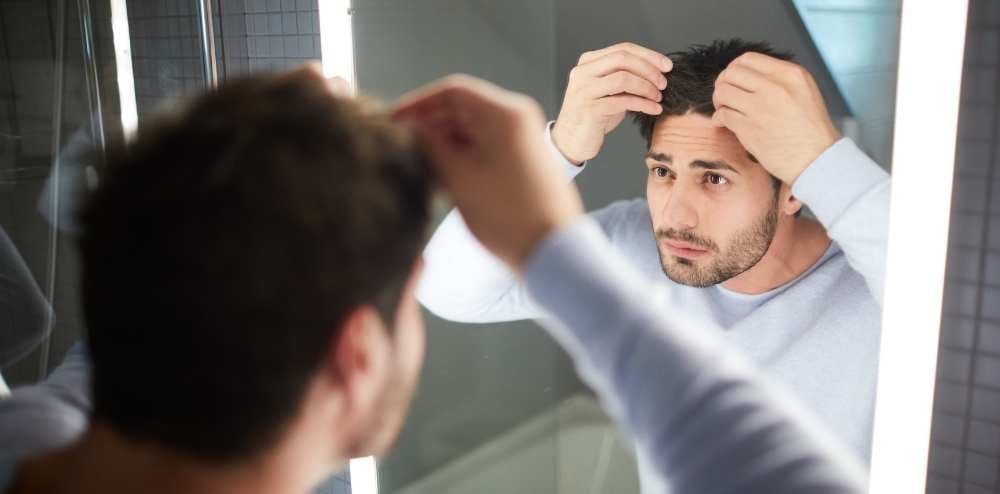Most of us will experience a loss of hair. Thankfully, modern medicine has afforded us so many ways to supplement regular hair loss fighting. One of the oldest options available is minoxidil, a topical medication designed to facilitate hair growth. Herein, we discuss minoxidil in a lot of detail: how it works and what you would probably get out of using it.
Minoxidil was originally called a medicine for high blood pressure. It proved to have an interesting side effect on physicians: it grew hair. Until today, minoxidil remains one of the most popular treatments against hair loss, since most people have good experiences with its results. It is available as a topical solution, which is applied directly to the scalp.
How Minoxidil Works?
The medication expands the blood vessels of the scalp, augmenting blood flow, and therefore increasing oxygen, nourishment, and all the essential products that reach the hair follicles. Enhanced flow feeds the hair and promotes its growth. There are also reports that minoxidil exerts an influence on the hair follicles right in their cells, to strengthen them and resist breakage. Here, some mechanism not yet fully understood is at work.
How Effective is Minoxidil?
Studies show that minoxidil does grow hair in both males and females. However, it doesn’t work for everyone. In fact, the response to the medication is based on the cause of the hair loss, the stage of hair loss, and genetic factors. Some get dramatic regrowth, others only slight improvement.
How to Use Minoxidil?
Minoxidil is applied to the scalp twice a day. Always follow the instructions on the label, and apply it consistently to start seeing results. Also, one must be careful not to spill the solution elsewhere on the body, as it has the potential to grow hair in those areas as well. Results can sometimes appear only after applying it continuously for a few months, and also the medication has to be continuously used to maintain this regrowth.
Possible Side Effects
Minoxidil is a drug. With every drug, there are side effects. Among them are scalp irritation, which can usually be linked to itching, reddening, or dryness of the scalp. However, the active ingredients can also lead to excessive hair growth on the face or hands of some people. Most of the side effects are usually of a mild nature and often pass on their own. However, in very rare cases, minoxidil can have some serious side effects such as chest pain and feeling one’s heart pound or race. Any of these unusual symptoms require immediate medical attention.
Who Should Use Minoxidil
Although minoxidil is a very safe product to be used by most people, there are some groups of people who must avoid using it: those with known or suspected heart problems, low blood pressure, and sensitization to minoxidil or to any of the ingredients included in the product. Pregnant and lactating women must also stay away from minoxidil, as it has not been established what the action of minoxidil will be like on a developing fetus or infant.
Minoxidil Alone or with Other Treatments
Minoxidil is often used either alone or in association with various hair transplant surgery events and laser therapies. In fact, some studies have actually shown that minoxidil might improve significantly when added to combination therapy. However, patients should consult with a doctor before starting treatment because there can be some interactions or contraindications.
Besides functioning, minoxidil is generally safe and well-tolerated. Nonetheless, much like any other drug, the medication may cause a few side effects—though morally very few. Common side effects include scalp irritation, itching, and reddening of the scalp, as well as an increased shedding of hair during the first weeks of consumption. Some experience unwanted hair growth on places like the face and hands.
Critical to the matter at hand, minoxidil does not cure hair loss. It is a treatment to slow or stop hair loss and affects new growth. Several months of regular use may have to pass before results are visibly realized, and the importance of further continuing the medication’s use—as directed by a healthcare professional—is imperative if gains are to be maintained.
In some cases, minoxidil may be combined with other treatments of hair loss, among them, hair transplant surgery. Leaving that question to a professional specializing in hair restoration would be the best way to decide which course would be most beneficial to your particular case.
Conclusion
In a nutshell, minoxidil is quite a popular and greatly effective medication for the treatment of hair loss in both men and women alike. This will not work for everyone, but it is effective in most people and usually very well tolerated with few side effects. If you are suffering from hair loss and consider using minoxidil or other treatments for hair loss, make sure to speak to a hair restoration expert to determine the best course of treatment that will apply to your individual needs. With the proper treatment plan and a dedicated life to having healthy hair, you will get the fuller and thicker hair that you’ve always wanted.







